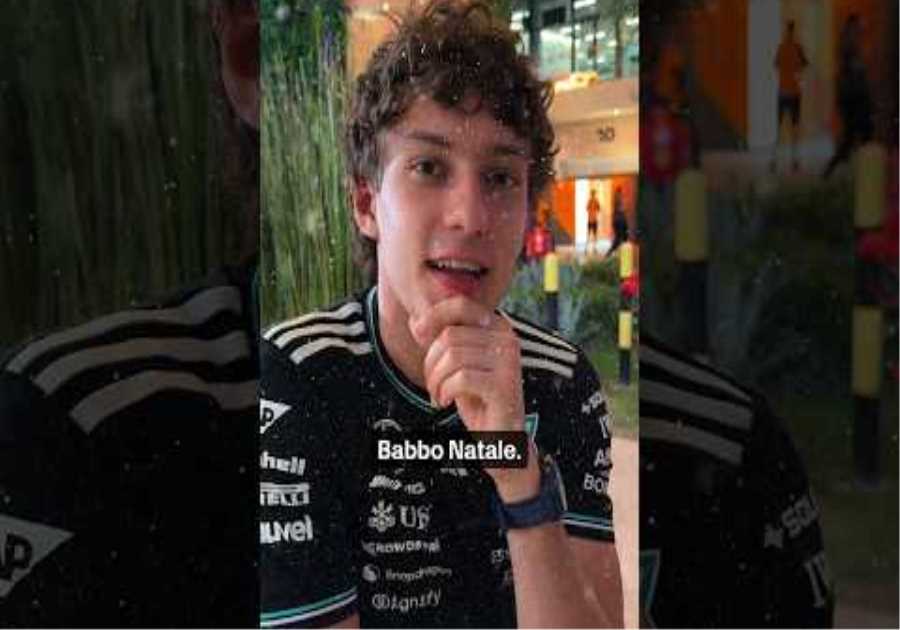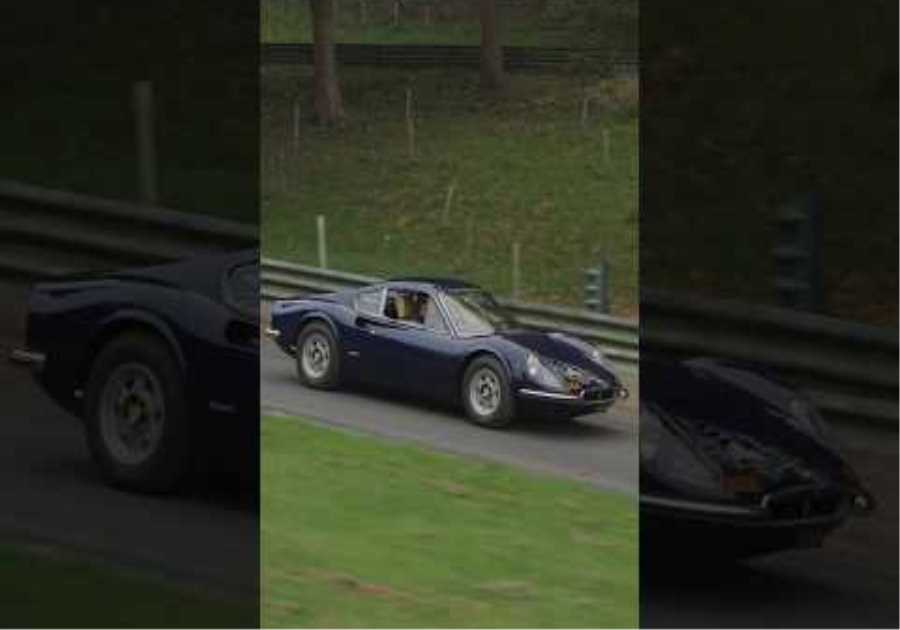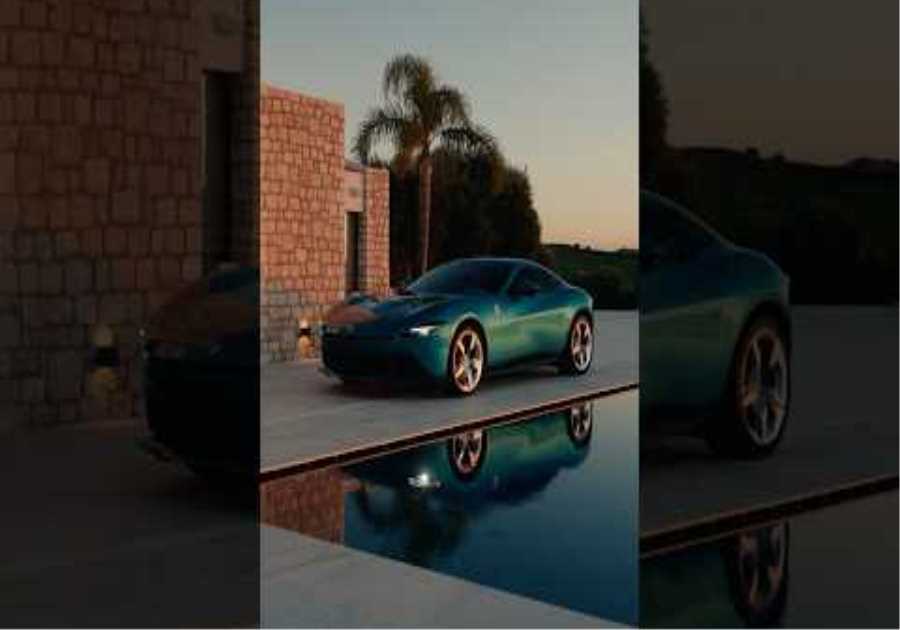
Three races down and it’s Charles Leclerc and Ferrari at the head of the drivers’ and constructors’ championships. Is a pattern beginning to emerge in 2022? And can any of Leclerc and Ferrari’s rivals claw back the advantage? David Tremayne explores the opening of what looks set to be an intriguing season.
“It’s a great way to start the season, but we have to keep in mind that we are only three races in, so it’s difficult to think of the World Championship. But we do have a strong car, and it’s reliable too. I hope it [stays] like that, because we can’t afford to relax at any moment and have to stay on top of things, most of all on development. But if all that happens then maybe there is a chance that we can think about the World Championship after that.”
That was Charles Leclerc’s wise take on his second victory of the year in Melbourne last weekend, which boosted his lead in the World Championship, while suggesting that the Ferrari F1-75 is the car currently best suited to different types of track.
TECH TUESDAY: Why gearbox layout could be key to solving the porpoising puzzle
And he was quite right, too, not least because there are another 20 races still to come. Remember how well Emerson Fittipaldi started 1973 with three wins, a second and two thirds in the first six races, only to lose out eventually to Jackie Stewart as the season progressed?
I mention that year particularly because Emmo’s campaign was compromised by having a very fast team mate – Super Swede Ronnie Peterson – who also won races for Team Lotus, whereas Jackie was the undisputed team leader at Tyrrell and team mate Francois Cevert, though often as fast , was happy to play second fiddle in the belief that his own time would come.
Last season’s championsip protagonists Max Verstappen and Lewis Hamilton are both more than 40 points behind Charles Leclerc in the championship
This year, the only driver in the top three teams that I see willingly doing that is Sergio Perez. That’s one advantage that Max Verstappen carries, as Mercedes will allow Lewis Hamilton and George Russell to race one another as will Ferrari with Charles and Carlos Sainz (at least up to a point, as a title is so crucial to them).
But here’s something to consider. The two drivers who went to Abu Dhabi just four races ago equaled on points as they fought out the finale of the 2021 World Championship are currently not only behind their respective team mates after the first three races of 2022 – Lewis has 28 points to new partner George’s 37 and Max has 25 to Sergio’s 30 – but each is way behind runaway leader Charles, who has 71. Lewis is already 43 down, Max 46…
After the first two races, the glitch notwithstanding in Bahrain, Red Bull could comfort themselves that they were way ahead of Mercedes and pretty much on a par with Ferrari pace-wise.
READ MORE: How an electrical gremlin caused Sainz and Leclerc’s wildly contrasting weekends in Australia
But around Albert Park the Ferrari not only had better overall speed in qualification, as might have been expected as Red Bull struggled to find the optimal balance, but also in the race, where traditionally Red Bull are always strong. That was a real black eye, and only the second intervention of the Safety Car put Max back into contention as he battled a grained front-left medium Pirelli tyre.
Now there are alarm bells ringing in Milton Keynes after the RB18’s fuel system appeared to once again let him down.
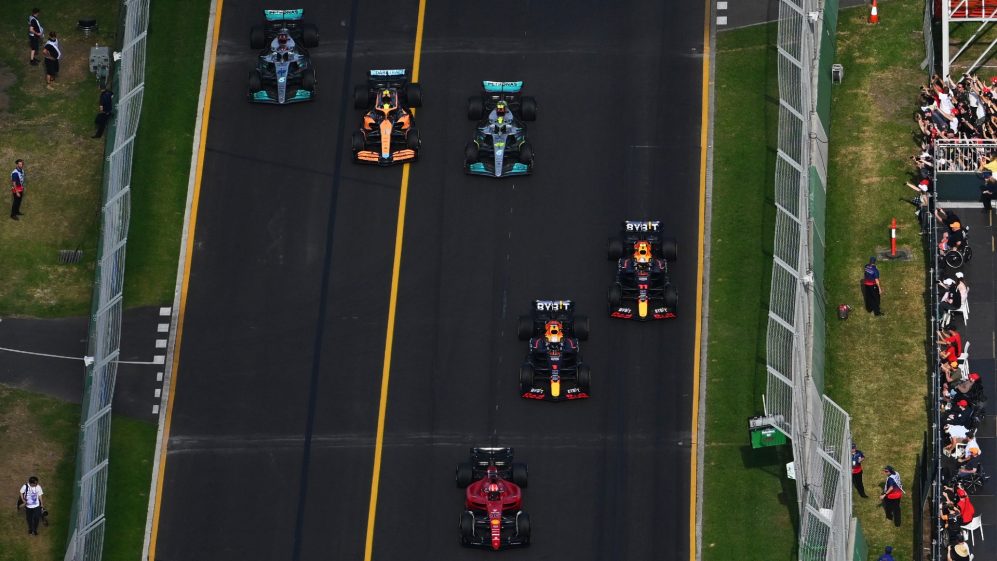
Mercedes and Red Bull’s struggles have seen Ferrari pull away with a sizeable lead in both championships
If only we all got a dollar every time a driver has fallen back on that politically correct adage: ‘We win as a team and we lose as a team’…
It is, of course, the right thing to say because it’s one of racing’s truisms. No single person is responsible for a team’s success or failure on the racetrack, given that it takes more than 1,000 people in the biggest teams to design, assemble, prepare, run and develop the cars.
But though it’s also a truism that a championship is won over an entire season – whether there are 16 races as once the case or the 23 we have nowadays – it’s equally true that there will always be the one that actually decides the outcome. So that the way the man at the wheel performs can ultimately decide things, as can whatever befalls him in a race.
READ MORE: Australian GP weekend a ‘bit of a disaster’ says Sainz after spinning out
We tend to expect today’s heroes to be diplomatic saints, which is naive in the extreme given the way that the adrenaline will be pulsing through their veins, especially after a sudden failure has blighted their day. Of course I get why you don’t slag off all the people that have worked so hard to get you to that point, but at the same time I can see why in tough circumstances it can be hard to match your mouth to what your brain is thinking. I quite liked that Max pulled no punches on Sunday.
“We are already miles behind, and I don’t even want to think about the World Championship battle,” he snapped when asked the inevitable question. “Right now it’s more important to finish races. We didn’t really have the pace, so I was just managing the tyres, trying to bring it to the end.
“It looked like an easy P2, but we didn’t even finish the race. It’s frustrating and unacceptable. We knew there was a problem, there was always going to be a question mark over finishing the race, but if we want to fight for title, this cannot happen.”
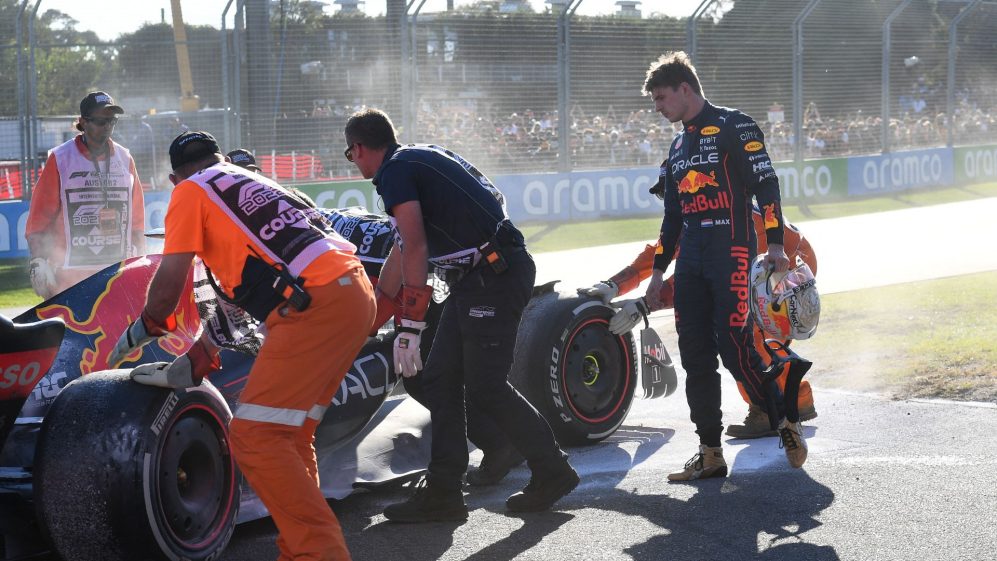
Verstappen was frustrated with his second retirement of the season
After all, Christian Horner wasn’t exactly dancing a jig, either. “It’s totally understandable, Max’s frustration,” he said afterwards. “It’s a really disappointing result not to finish the race, frustrating not to get points. I’d rather fix a fast car than try make a reliable but slow one fast, but we cannot accept DNFs.”
“Max, it’s fair to say, wasn’t happy all weekend and we couldn’t get the car in the window. The front tires went pretty early in the race, which shows we don’t have the right balance. When a car is in a happy place you don’t get those problems. That all accentuated some of the issues Max had. But we have things in the pipeline which will help. We need to address it and move on.”
READ MORE: Hamilton explains ‘difficult position’ radio message after coming home behind Russell in Melbourne
So now we have two top teams on their back foot. Mercedes actually looked a bit better round Albert Park during the race, but they are still in trouble. And while the Ferrari also porpoises horribly on the straights, it does at least settle down to give good grip in the corners. I loved Lewis’s description of the W13 as “spiteful,” and how it’s like “a viper or a rattlesnake”. I have quite a lot of experience with both vipers and rattlesnakes (don’t ask!) so I get just what he means.
I certainly would never wish anyone ill, but the struggles of Red Bull and Mercedes, and the current supremacy of Ferrari, have injected great interest into the Championship.

Fernando Alonso’s pace put him in contention for pole until an unfortunate crash in qualifying
But does all this really mean that patterns are becoming clear already? I suspect not necessarily. Yes, Ferrari are fast and reliable and have a car that works in most circumstances. The Red Bull is edgier yet possibly slightly quicker, but also unreliable. The Mercedes is potentially quick, but they still need to tame it to unlock that potential.
But what else can we really infer? The Alpine looked encouragingly almost in Melbourne, and had luck been on Fernando Alonso’s side, there could have been a much closer fight behind Charles and Max. The McLarens looked like they’d made a big jump.
And with better fortune, the lightweight Alfa looks quite reasonable, as does the Haas. But it was interesting that Lando Norris said that there was nothing new on his MCL36 in Australia. He was adamant it was the same as it had been in Bahrain, and that its newfound pace was “circuit-specific”.
READ MORE: Ricciardo relieved to avoid another ‘painful home race’ as he delivers P6 in front of Aussie fans
Now to me that was very interesting, because in the past, when teams were so familiar with their cars and the set-ups they needed, they tended to perform the same everywhere. So besides creating cars that really can follow one another much more closely, to the benefit of the dicing, the new regulations appear to also have created uncertainty in how individual teams will perform race-to-race while they are still seeking sweet spots.
I really like the idea that we cannot predict so easily who will be strong and who will struggle as we move from venue to venue. Will Ferrari still rule at Imola, or will it be their turn for a difficult weekend?


